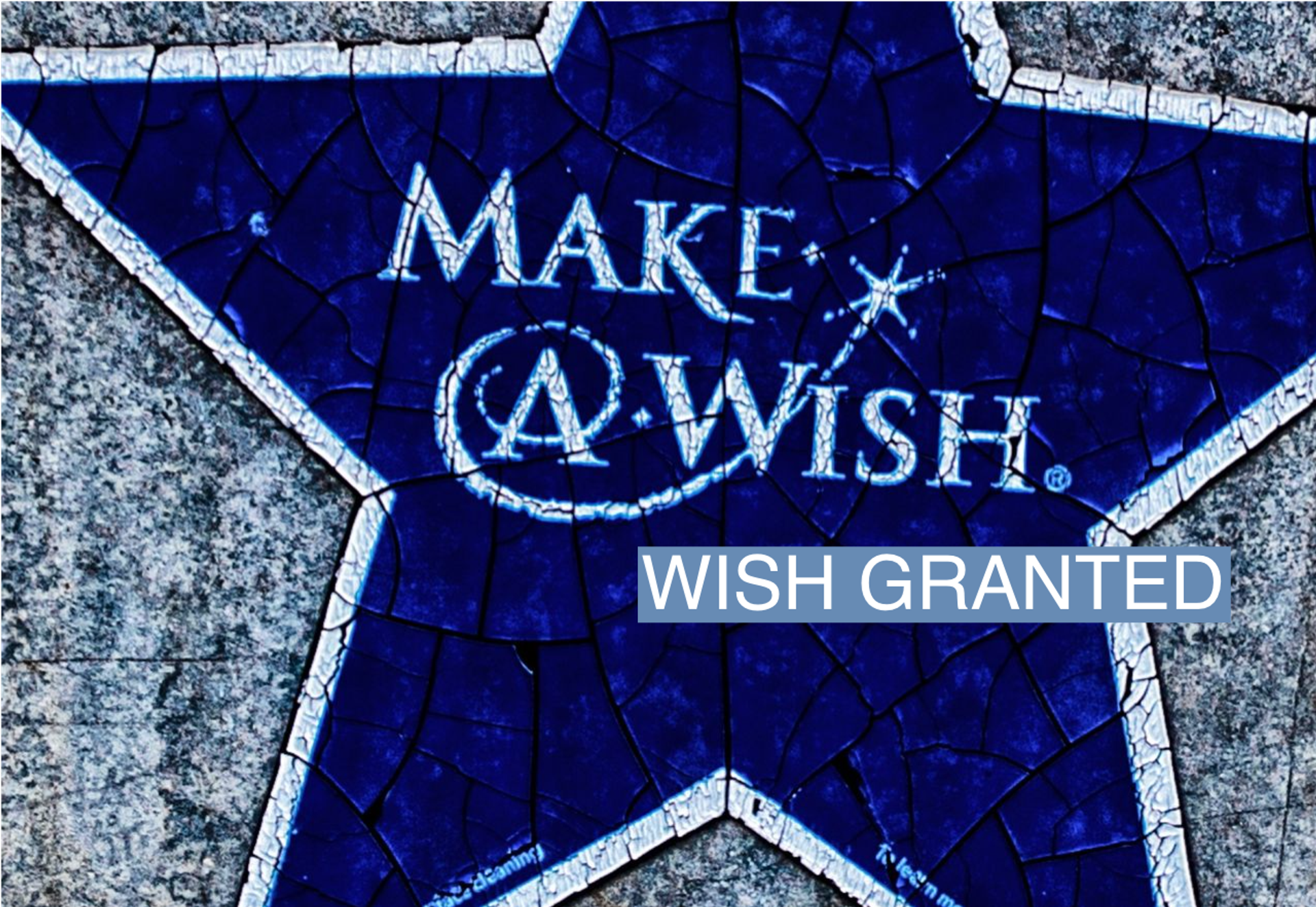The News
Children with cystic fibrosis (CF) will no longer automatically qualify for wishes, the Make-A-Wish Foundation said, as treatments for the previously fatal disease have advanced to the point that many patients lead long, healthy lives.
From January next year Make-A-Wish will move to offering wishes on a case-by-case basis, a spokesman told Semafor. “CF will no longer automatically qualify for a wish and will be eligible when accompanied by additional complications or factors that make the current situation critical,” he said.
In this article:
Know More
Make-A-Wish provides “life-changing wishes” for children with life–threatening or life-limiting illnesses. It was founded in 1980, after an Arizona community gave a seven-year-old boy with leukemia a chance to be a police officer — his greatest wish — a few days before he died. About 300,000 children have since been granted wishes.
Recipients of Make-A-Wish wishes do not have to be dying, but they do have to have been diagnosed with “a progressive, degenerative or malignant condition that has placed the child’s life in jeopardy.”
CF was, until recently, such a killer. It is a genetic disorder that makes the epithelial cells in patients’ lungs produce mucus which is too thick and sticky, preventing breathing. It also causes cysts in the pancreas. Until a few decades ago, babies born with the condition died within months. Treatment improved, but it wasn’t until 1965 that the first adult service for CF was set up, because so few children reached adulthood.
Prognoses have improved steadily, but the use of three drugs — elexacaftor, tezacaftor, and ivacaftor — as one triple therapy called “Kaftrio” (“Trikafta” in the U.S.), changed outcomes remarkably.
A study in the United Kingdom published this month found that the median predicted life expectancy for children who start treatment with Kaftrio between the age of 12 and 17 is 82.5 years — 45 years longer than patients on the best alternative care, and just six months less than the estimated lifespan of a child without CF.
Tom’s view
The father of a child with CF told me via Twitter that “at 5 years old, my son had no pancreatic enzyme function, cirrhosis of the liver, and a range of other issues.” But having started Kaftrio treatment at age six, and now eight years old, his “pancreas is now 100% functional, his cirrhosis has reversed, and he lives a mostly normal life.”
This is only the beginning, too. Kaftrio doesn’t cure CF, it just patches the problem by overlaying the faulty gene with a working one. But as gene therapy advances, it’s increasingly possible to edit the genes themselves in living humans, meaning that one-off curative treatments should be possible, not just for CF but for a range of inherited diseases.
Make-A-Wish may find that it can start winding down its operation in a few other areas, soon, as well.

